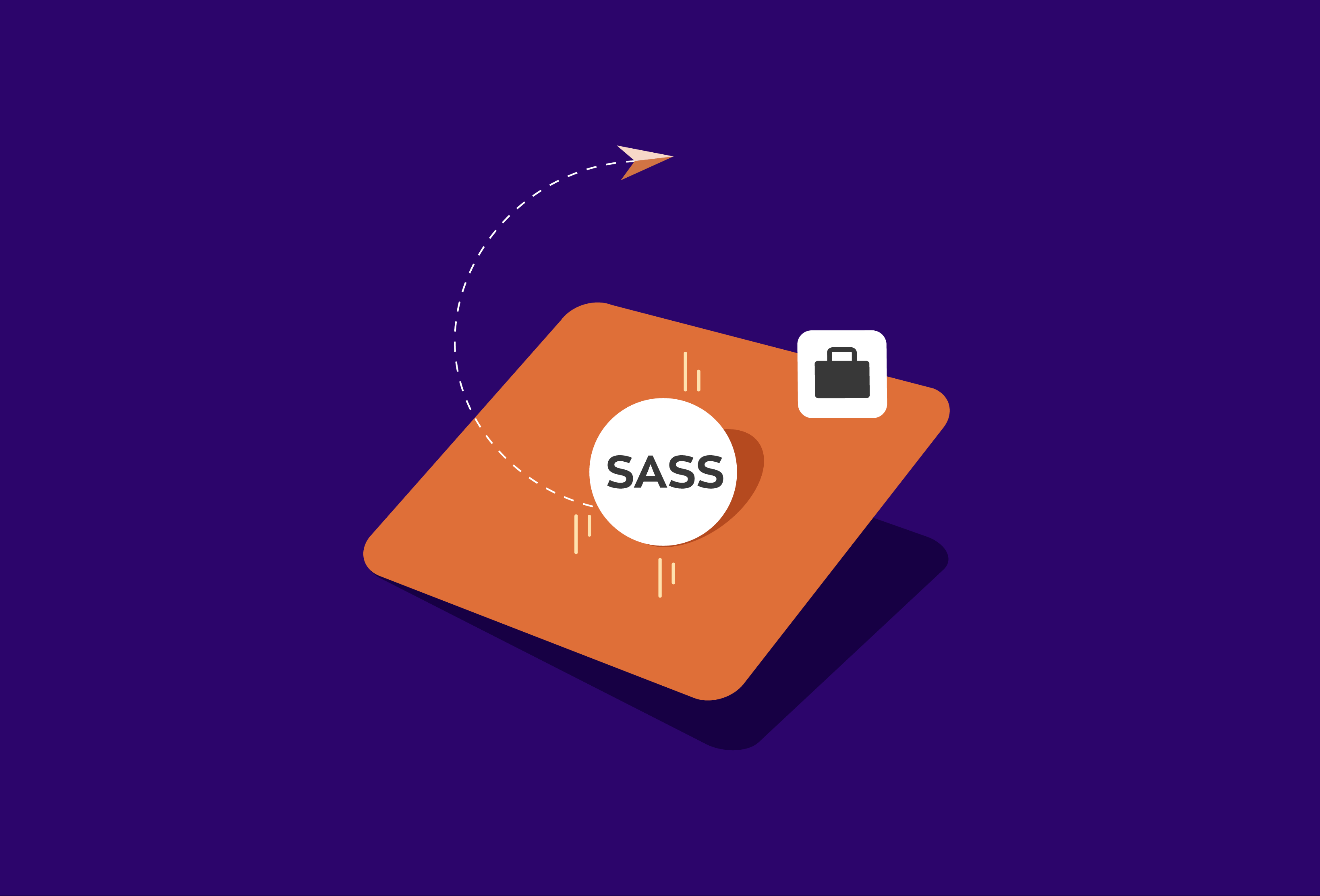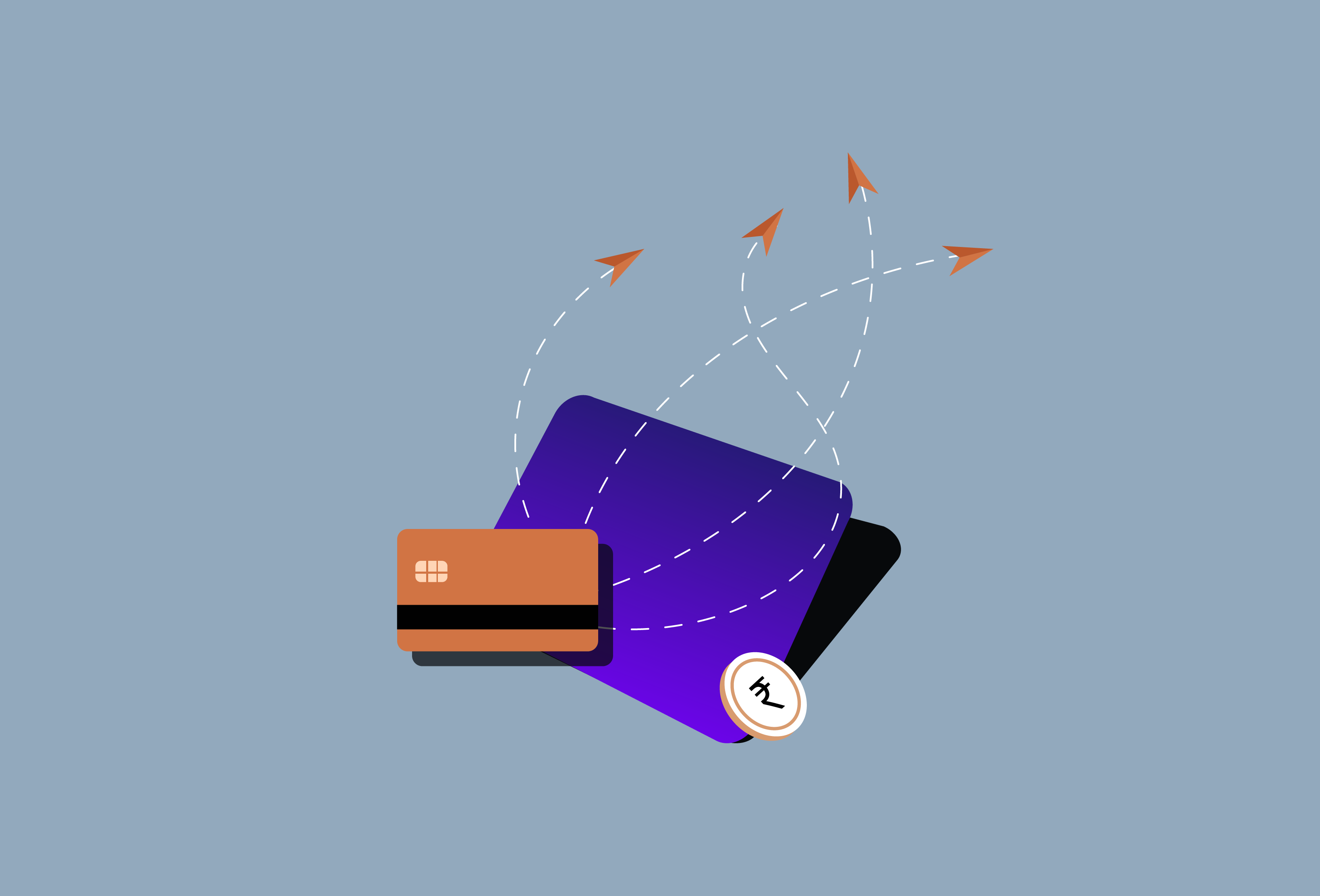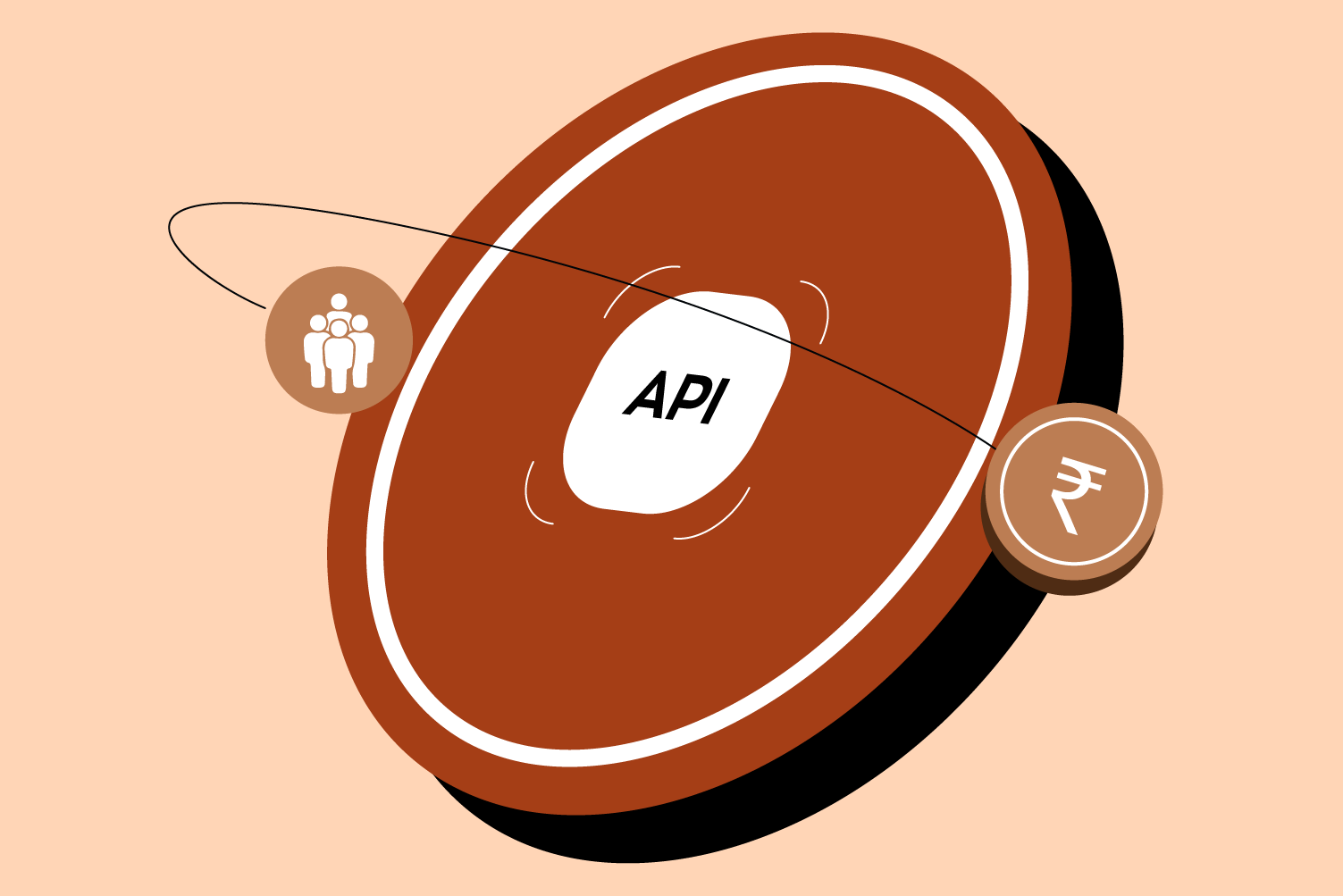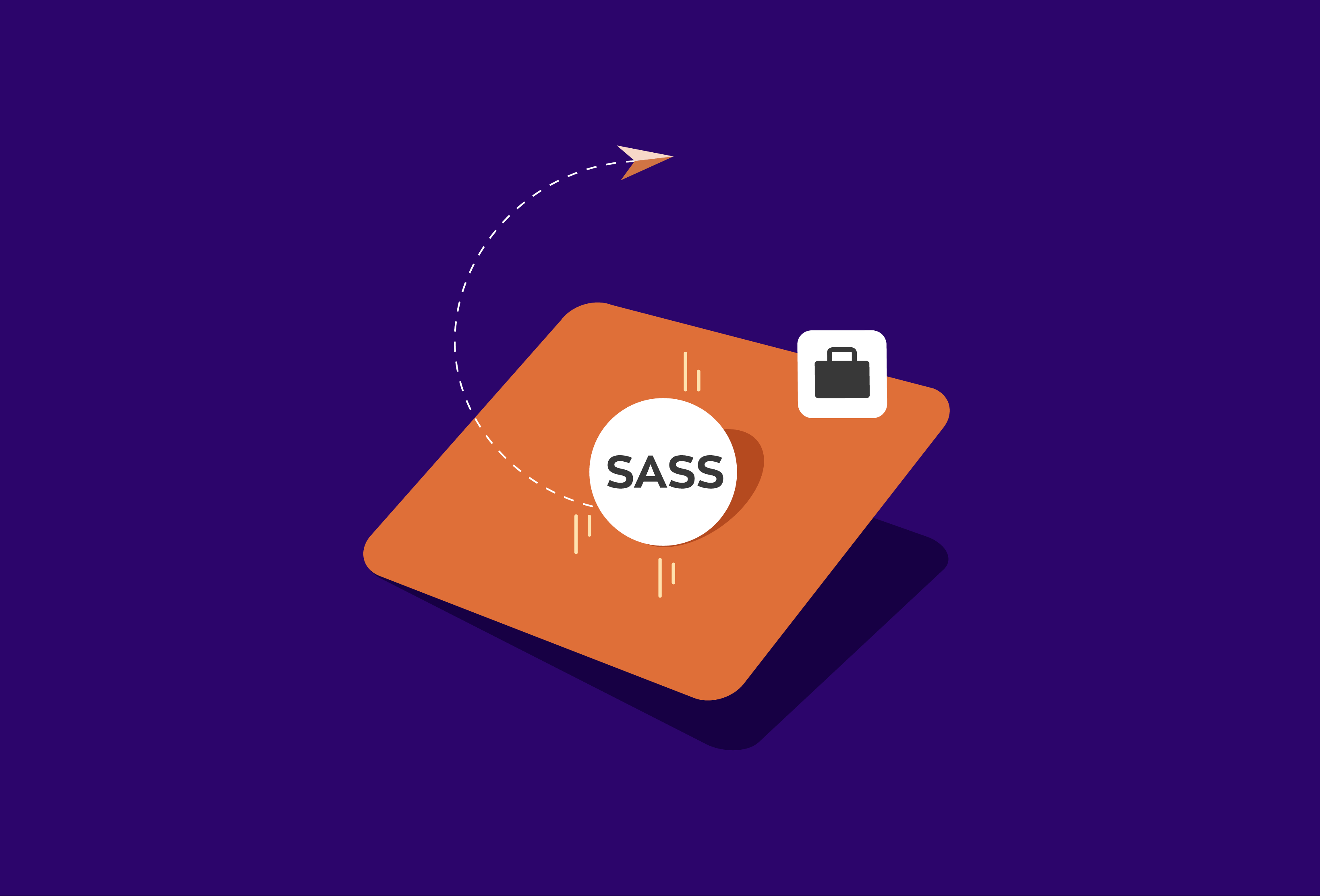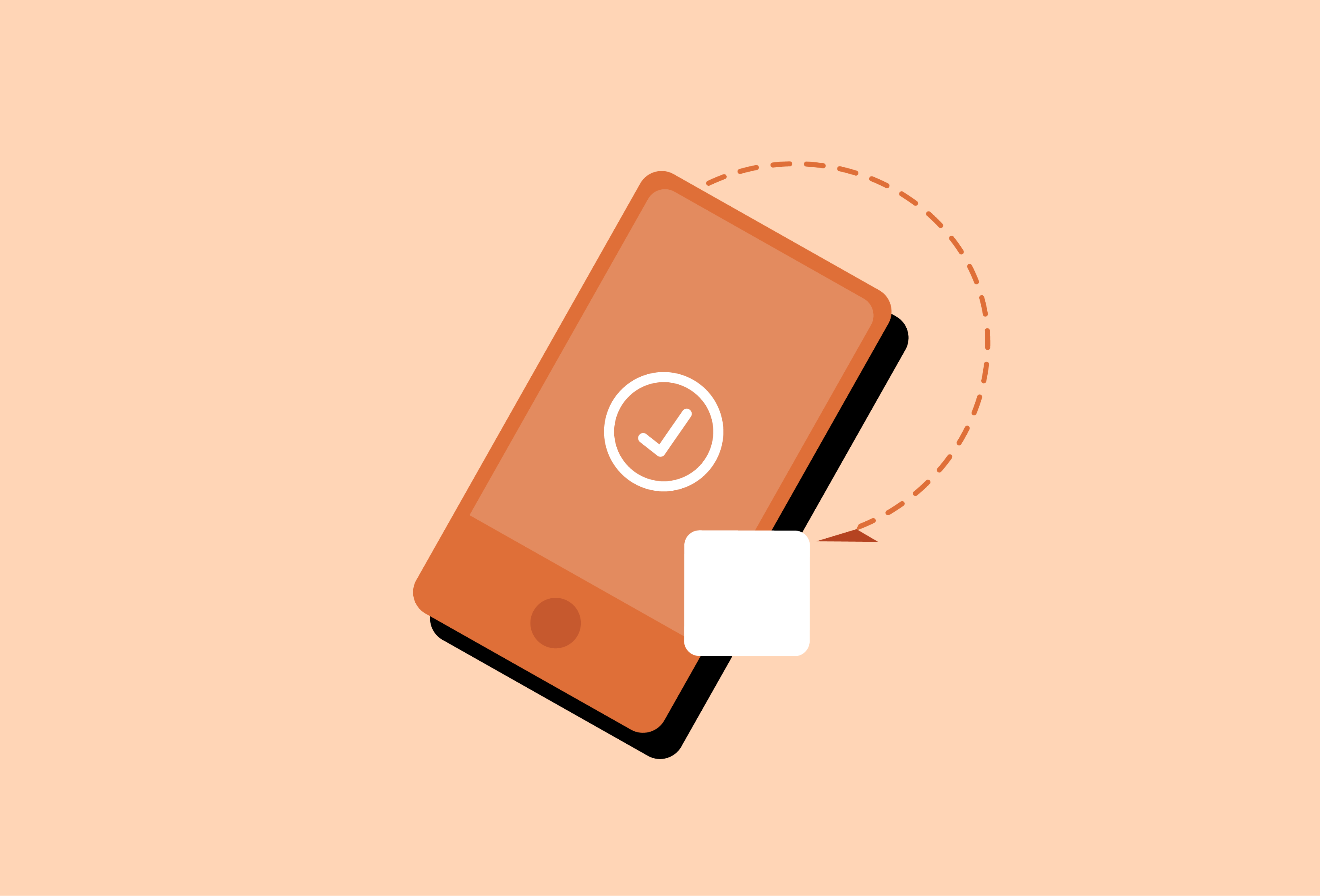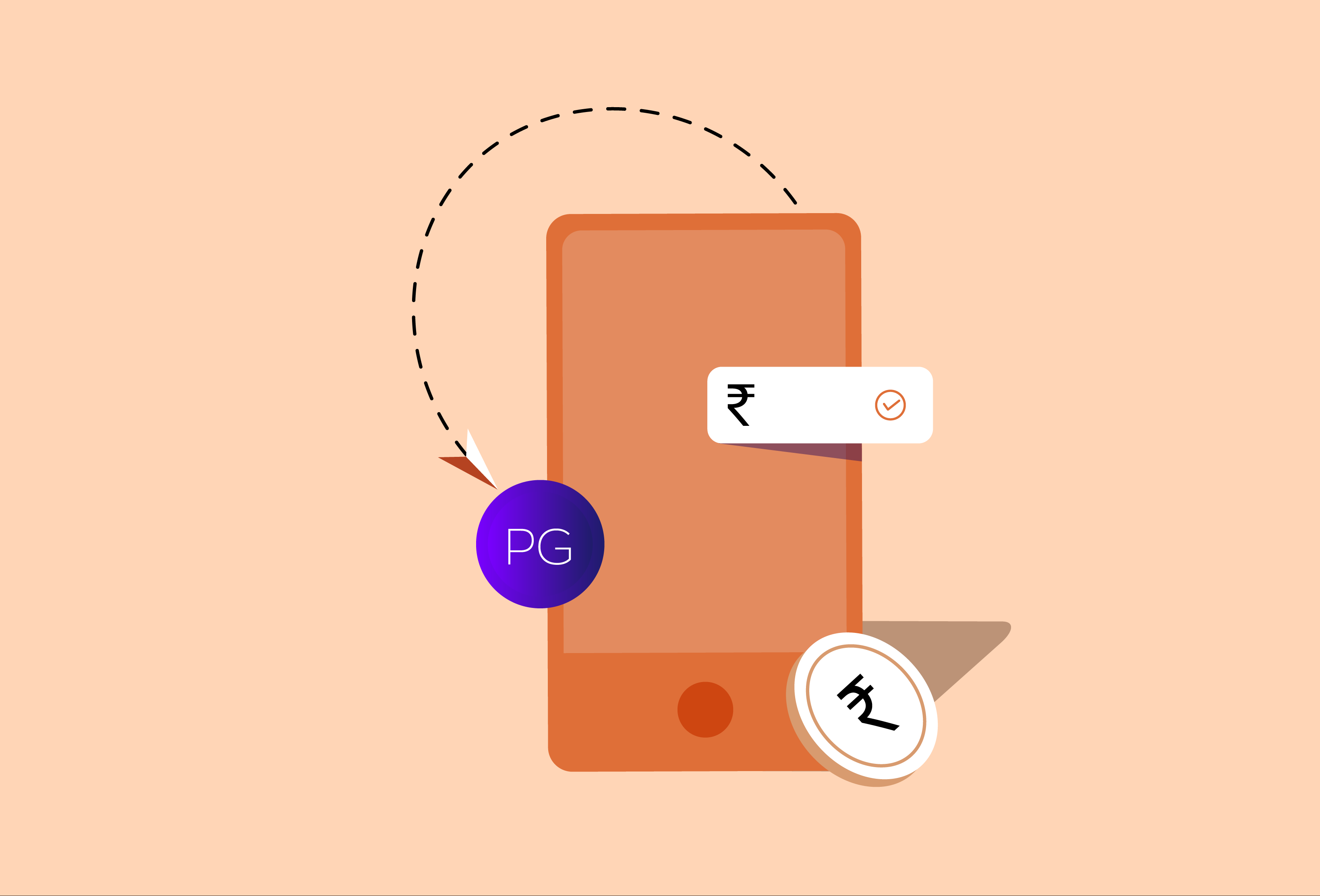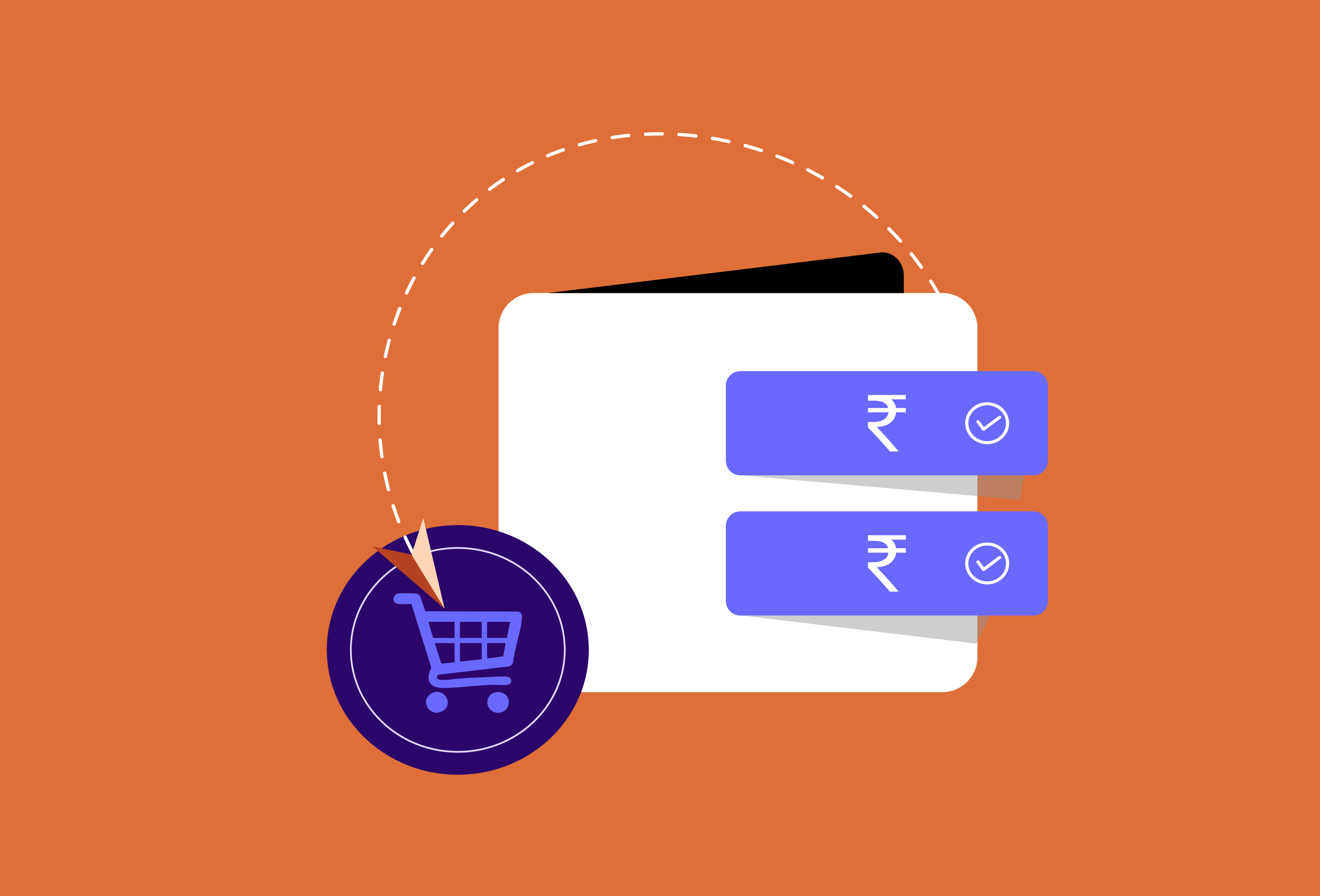Retail today is no longer confined to a single store or a website. Customers move seamlessly between shopping online, browsing on mobile apps, and visiting physical stores, expecting the same ease of payment everywhere. For retailers, this means that payment systems must be just as flexible and connected as the shopping experience itself.
A smooth checkout process, whether through POS and online payments or in-store digital payments, can make the difference between a completed sale and an abandoned cart. Unified retail payment solutions are essential for businesses that want to provide a consistent experience and keep customers coming back.
Understanding Omnichannel Payments
Omnichannel payments refer to a unified system that allows customers to make purchases across multiple platforms—physical stores, online portals, mobile applications, and social commerce channels, without interruption.
Inconsistent payment methods across channels often create friction. A customer may complete an online order easily but face delays in in-store digital payments or difficulty redeeming loyalty points. By integrating retail payment solutions across all channels, businesses ensure that customers enjoy a smooth checkout experience, regardless of how or where they shop.
Cross-platform payments also provide businesses with consolidated transaction data. This makes it easier to track revenue, monitor sales trends, and manage accounting efficiently.
Key Challenges in Omnichannel Payment Integration
Implementing a cohesive payment system is not without challenges. Retailers often face:
- Fragmented Systems: Many retailers use separate systems for online and in-store transactions. This can lead to duplicated work, inconsistent pricing, and poor reporting.
- Variety of Payment Methods: Customers now expect multiple options, including cards, UPI, digital wallets, and buy-now-pay-later services. Supporting all these methods without a unified system is difficult.
- Data Silos: Without integration, sales data from different channels remains isolated, making it hard to analyze performance or reconcile accounts.
- Security and Compliance: Payment systems must comply with industry standards like PCI DSS to protect customer information. Managing compliance across multiple platforms adds complexity.
Essential Features of an Omnichannel Payment System
For effective integration, a payment system must include several core features:
- Unified Checkout Experience: Customers should be able to complete transactions smoothly, whether online, in-store, or via mobile apps. This ensures continuity and improves customer experience in retail.
- Multiple Payment Options: Supporting cards, UPI, wallets, net banking, and BNPL options allows customers to choose the method they trust and prefer.
- Real-Time Transaction Tracking: Businesses need visibility into all transactions across channels to reconcile payments and generate accurate reports.
- Security and Compliance: A secure system that follows global standards protects sensitive customer data and reduces fraud risks.
- Integration with Loyalty and CRM: Linking payments to customer accounts helps track purchases, apply rewards, and personalize marketing strategies
By focusing on these features, retailers can provide a seamless shopping experience and reduce friction at every touchpoint.
Benefits of Integrated Payment Solutions
Implementing an integrated omnichannel payment system brings tangible benefits:
- Enhanced Customer Experience: A smooth, consistent checkout experience improves satisfaction and encourages repeat purchases. Customers can pay using their preferred method and redeem rewards seamlessly.
- Reduced Cart Abandonment: Online shoppers are more likely to complete purchases when payment is quick and reliable. Similarly, shorter queues in-store improve sales conversion.
- Simplified Accounting and Reconciliation: With unified transaction data, businesses can reconcile accounts faster and reduce errors.
- Data-Driven Insights: Businesses gain a comprehensive view of customer behavior and sales trends across all channels. This enables informed decisions about inventory, promotions, and expansion.
In addition, supporting in-store digital payments allows retailers to compete with online-only players by offering convenience and speed.
Steps to Implement Omnichannel Payment Integration
To adopt an effective omnichannel payment system, retailers should follow these steps:
- Evaluate Current Systems: Assess existing POS systems, online gateways, and mobile payment solutions to identify gaps.
- Choose a Unified Payment Gateway: Select a provider that supports cross-platform payments across online, in-store, and mobile channels.
- Ensure Security and Compliance: Verify that the system meets PCI DSS standards and other relevant regulations.
- Test Across All Channels: Run pilot transactions online, in-store, and on mobile apps to ensure seamless performance.
- Train Staff and Educate Customers: Staff should know how to handle integrated payments, and customers should understand available options.
Following these steps ensures that businesses can implement reliable and scalable payment solutions that enhance multi-channel sales integration.
Emerging Trends in Omnichannel Payments
Several trends are shaping the future of retail payments:
- Contactless Payments: NFC-enabled cards and QR-based transactions are gaining popularity, particularly for in-store purchases.
- Mobile Wallets and UPI: Increasing smartphone penetration has made digital payments more convenient and widely adopted.
- AI-Driven Fraud Prevention: Retailers use analytics to detect unusual transactions and prevent fraud in real time.
- Buy-Now-Pay-Later (BNPL) Options: Offering flexible payment plans online and offline can increase conversion rates and average order value.
- Integrated Loyalty Programs: Linking rewards and promotions to unified payment systems encourages repeat purchases.
By adopting these trends, retailers can stay competitive and provide a modern, convenient shopping experience.
Conclusion
Seamless payment integration is no longer optional for omnichannel retailers; it is essential for driving sales and enhancing customer satisfaction. Unified POS and online payments, supported by retail payment solutions, enable businesses to offer a consistent experience across all touchpoints.
From simplifying reconciliation to improving multi-channel sales integration and enabling in-store digital payments, integrated systems benefit both customers and businesses. Retailers that invest in cross-platform payment infrastructure are better positioned to build loyalty, reduce friction, and gain insights from data.
For businesses looking to streamline payments while maintaining a high level of customer experience in retail, adopting integrated solutions is a critical step. Platforms that offer unified payment gateways, multi-channel support, and real-time transaction tracking can transform the way retailers manage their sales ecosystem.


